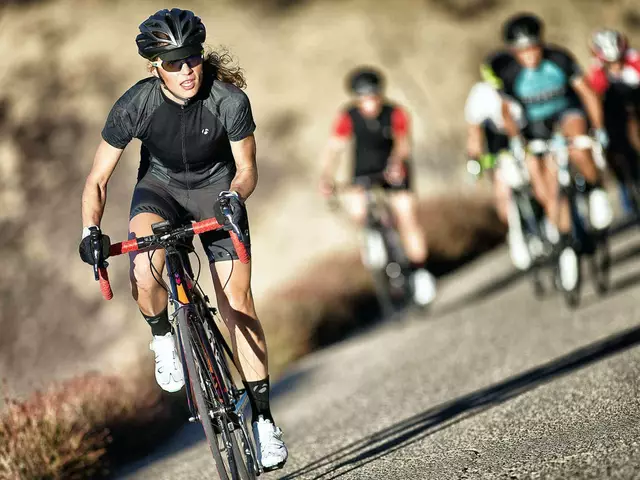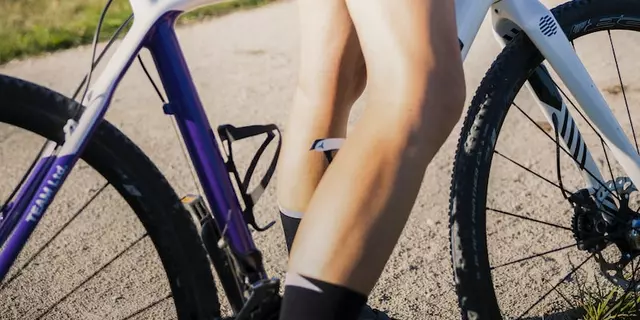July 2023 Archive
When browsing the July 2023 Archive, a curated set of mountain‑bike posts from July 2023. Also known as July ’23 Archive, it offers a snapshot of the hottest cycling questions of that month.
The collection revolves around three core ideas. First, Tour de France, the world’s biggest road race that often influences mountain‑bike strategy brings up rules about bike changes mid‑race. Second, the practice of bike switching, exchanging a bike during a competition to match terrain or fix a problem shows how riders balance speed and compliance. Third, cycling accessibility, the ability for anyone to ride regardless of budget challenges the myth that cycling is a sport only for the rich. These entities intersect: Tour de France rules dictate how bike switching can happen, while accessibility shapes who can even consider such tactics.
What the posts reveal
One article explains that riders may replace a bike if it meets the race’s technical specs. That decision isn’t random – a strategic swap can shave seconds, but it also risks losing momentum. The post on bike switching dives into the exact specifications riders must follow, linking equipment standards to competition fairness.
Another piece tackles the perception that cycling costs a fortune. It points out that while top‑end frames run high, entry‑level bikes and second‑hand markets keep the sport open. The argument is backed by examples of community rides where participants use budget bikes yet still enjoy the thrills of mountain trails.
The warm‑down routine article adds a practical angle. After a hard stage, riders spend 10‑20 minutes pedaling slowly, stretching, and rehydrating. This cool‑down lowers muscle stiffness and primes the body for the next day’s effort. It shows how recovery practices directly affect race outcomes, tying back to the overall performance theme in the archive.
All three topics share a common thread: they highlight how rules, equipment, and recovery shape a cyclist’s experience. Whether you’re a fan curious about race logistics, a rider weighing the cost of a new bike, or an athlete looking to improve post‑ride habits, the July 2023 posts give concise answers.
By charting the relationship between race regulations and equipment choices, the archive helps readers see why a rule about bike swapping matters beyond the podium. It also underlines that affordable gear doesn’t mean compromised fun, and that a solid warm‑down can be the difference between a sore morning and a ready‑to‑ride day.
Below you’ll find each article broken down with its key takeaways, so you can quickly skim the facts that matter most to your cycling journey.
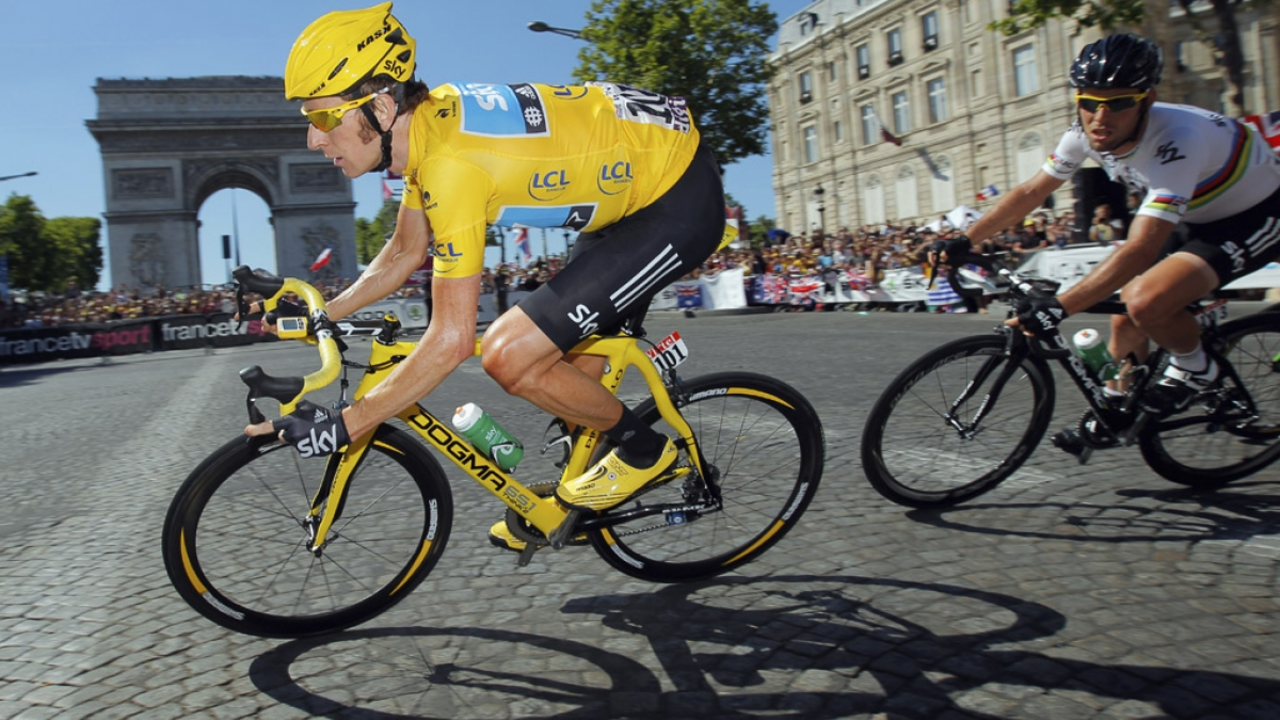
Are you allowed to switch bikes on Tour de France?
In the world of the Tour de France, switching bikes is indeed allowed. It's not uncommon for riders to change their bikes due to mechanical issues or to better suit a particular terrain. However, it's not as simple as just hopping onto any bike - the replacement must meet certain specifications and rules. It's also important to note that bike changes can affect a rider's time, so it's a strategic decision. So, yes, you can switch bikes, but it's a move that requires careful thought.
Read More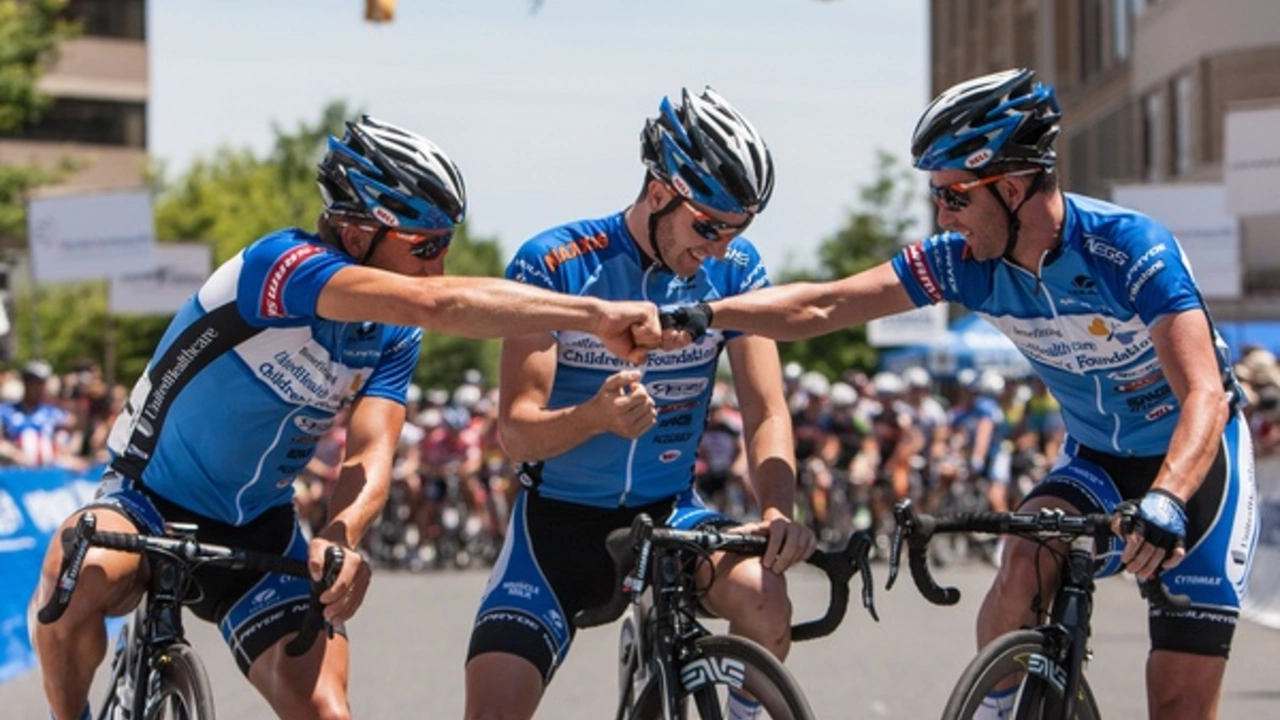
Is cycling a rich persons sport?
In my recent exploration of whether cycling is a sport for the rich, I found that it's not necessarily so. Sure, high-end bikes and gear can be expensive, but at its core, cycling is truly accessible to anyone with a bike. There are plenty of budget-friendly options out there for those who wish to engage in this sport. It's the passion for cycling that truly counts, not the price tag. So, no, cycling isn't a sport solely for the rich; it's a sport for everyone who loves the thrill of the ride.
Read More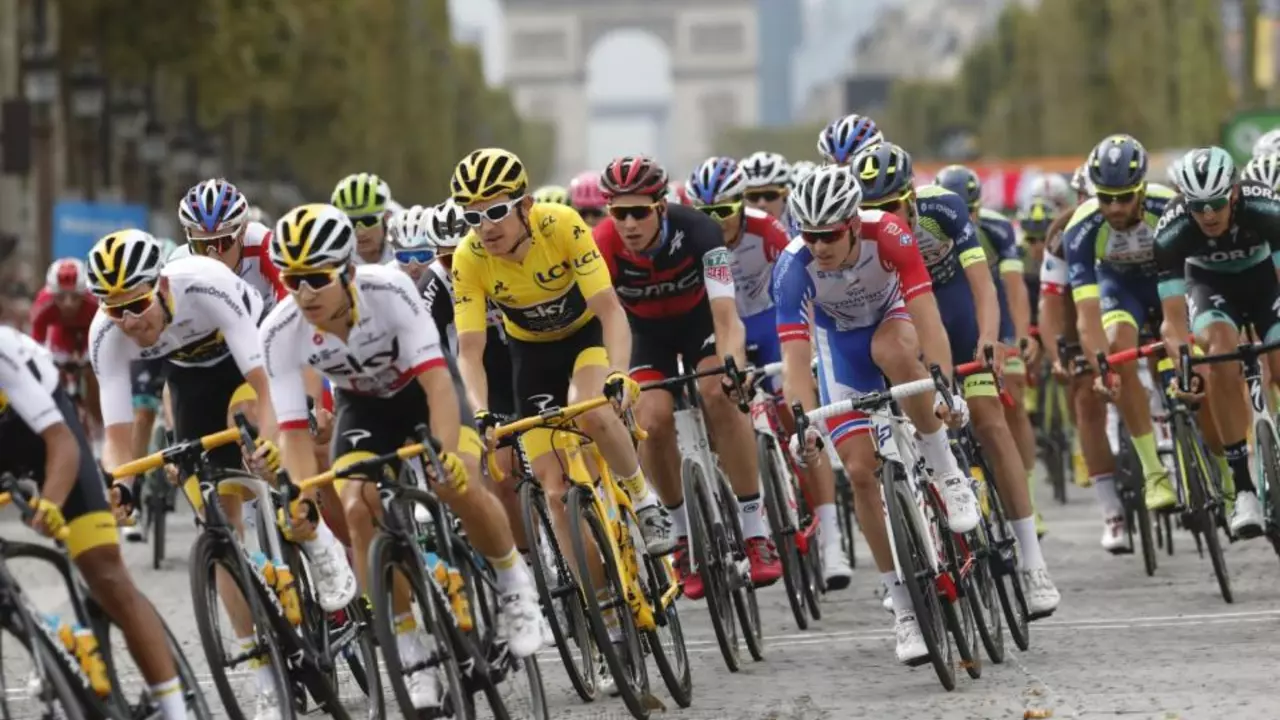
How long do Tour de France riders warm down for?
After a grueling day on the Tour de France, riders don't just hop off their bikes and head for a nap. They engage in a cool down session that typically lasts between 10 to 20 minutes. This time is crucial for the body to gradually return to its normal state and helps reduce muscle stiffness. During this period, cyclists usually keep pedaling at a slower pace, focus on their breathing, and start their hydration and nutrition recovery. It's a vital part of their routine to maintain peak performance throughout the race.
Read More


